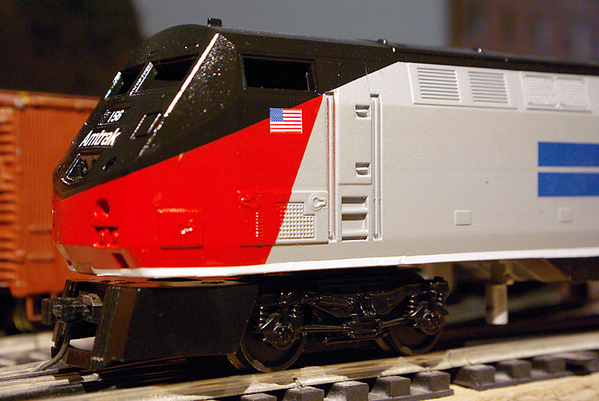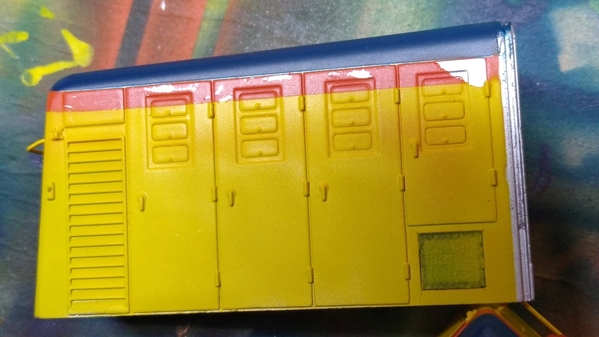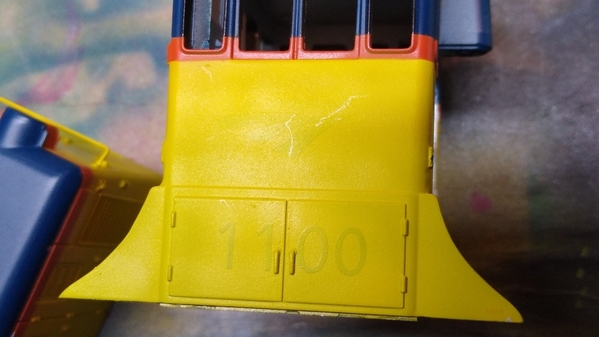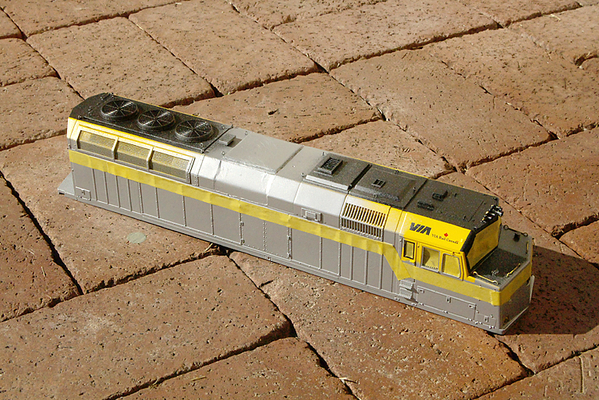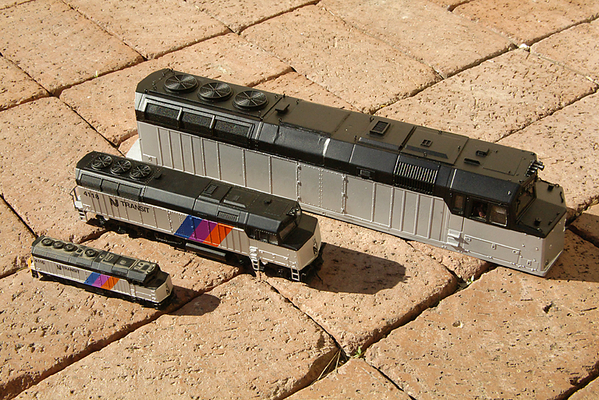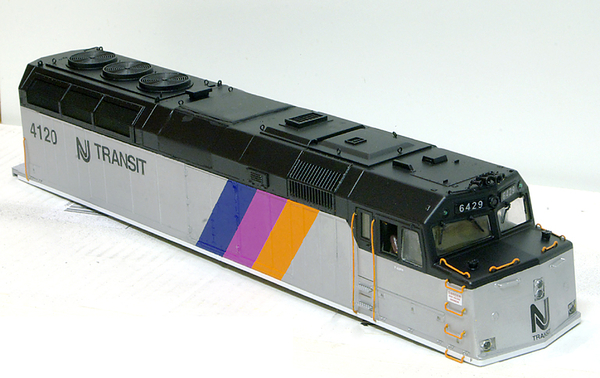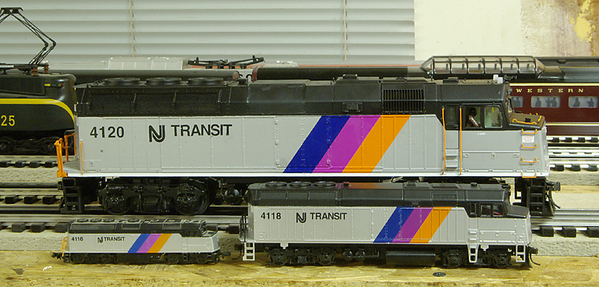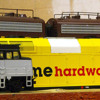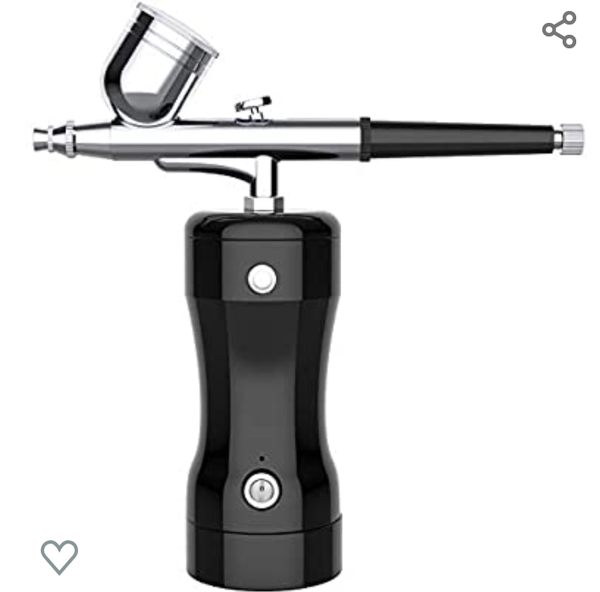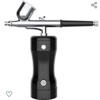Ron,
I have been using a Pasche entry level single action air brush for over 25 years and it does a nice job for painting. It has seen it's share of abuse as I'm not very easy on my tools. Unless you are doing hand lettering, or very fine line work, I think the airbrush is less important than the technique which can only be developed over time. I'm still working on my technique. For me personally, prep work is everything in terms of masking areas down to the tape you use. I use the Tamiya tape as it produces a very crisp edge and folds nicely over details and then use blue painters tape about half way above the modelers tape that to mask the rest of the area. If I need a piece of paper to finish masking, the blue tape holds that in place.
I paint at a distance where the paint nearly lands dry on the surface. It if lands mostly dry you get a "fuzz" effect while if it drops too wet it can run. I'm not afraid to wait and add additional coats as necessary. I don't tend to thin my paints as much as some so I get better coverage. On brass surfaces you typically bake the paint on the train in an oven at 200 degrees F after painting. Haven't tried it on plastic, but it might be worth an experiment?
I should qualify my comments also and say that I have had the best success with solvent based paints as they flow through my airbrush better. While water based paints can used with professional results, I have not learned that technique well yet. I still have close to 300 bottles of Floquil and Scalecoat, but I suspect the colors have shifted in the bottles. Time will tell on the next project.
Have fun and keep at it!
BTW - this is the downside of overpainting which I live with on my F40PH:
1. I should have taken out the original number boards.
2. Note the Home Hardware logo ghosting on the nose. If I have painted this into a VIA rail locomotive, it would have been prototypical. 
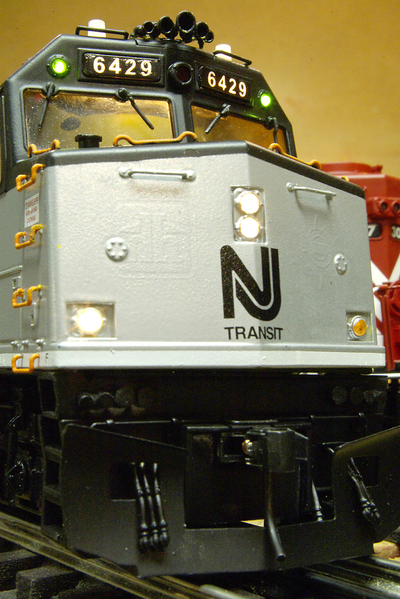
Another overpaint done about 4 years after the F40 and I applied fairly thick layer of paint so the original graphics don't show through much at all.
